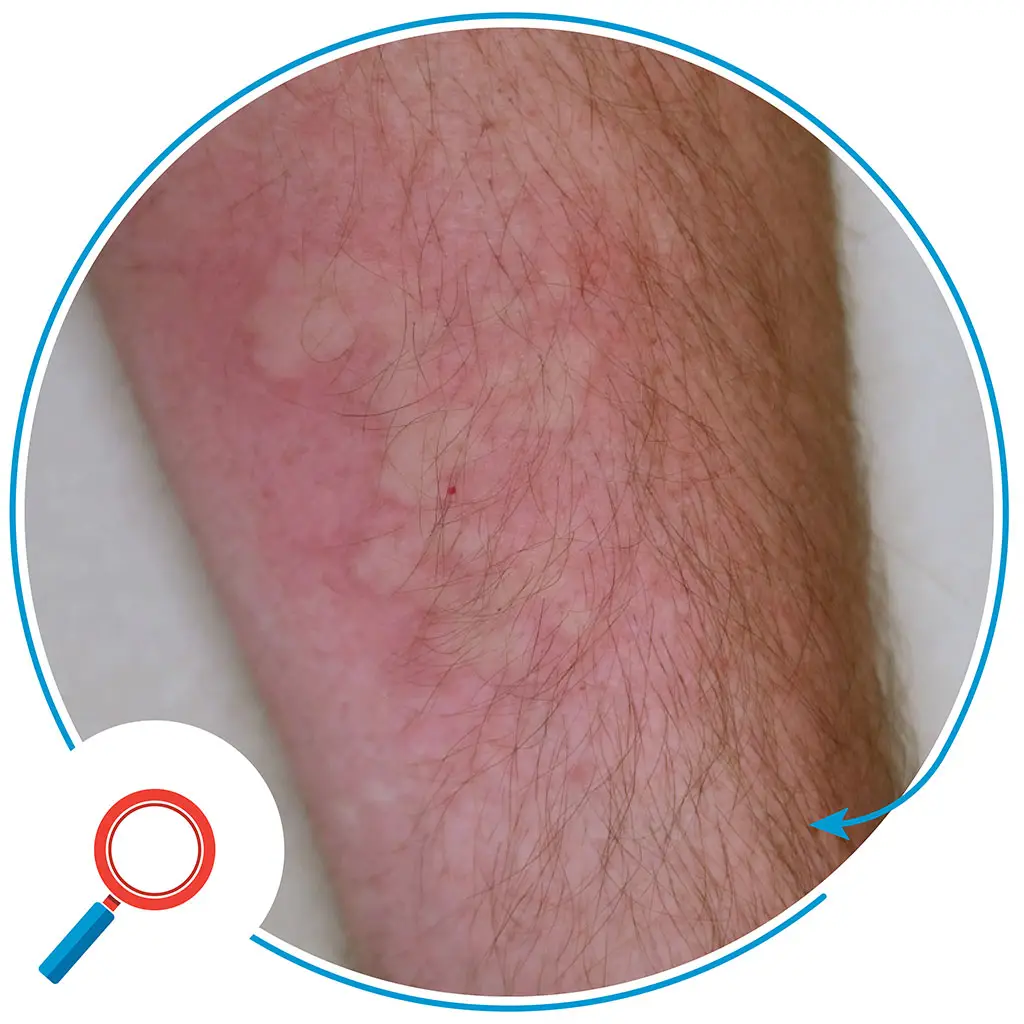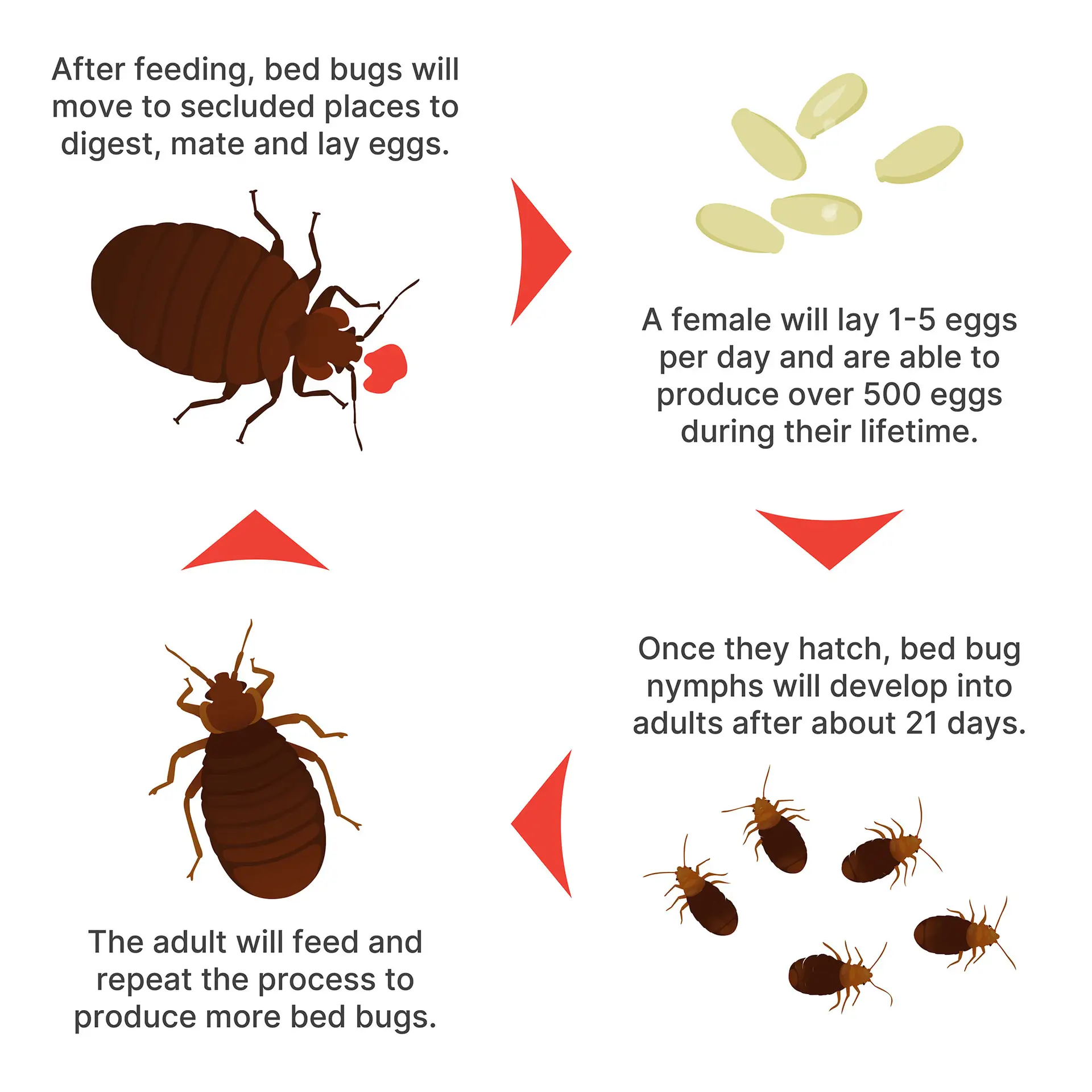Bed Bugs 101

What do they look like?
Adult bed bugs are small (¼ inch), reddish-brown insects, but young bed bugs are smaller and often lighter in color. These pests are most active at night when they feed on human blood, as we emit CO2 that attracts them to us. Preferring to hide in cracks and crevices near where people sleep, such as in the seams of mattresses, box springs, and furniture, they are sneaky stowaways, making them hard to detect until an infestation becomes more severe.

How can I spot an infestation?
One of the most common signs of a bed bug infestation is red, itchy bites that are arranged in a line or cluster. While bed bugs are not known to transmit diseases to humans, their bites can be irritating. For some people, the bites may cause an allergic reaction, which can lead to swelling or more severe symptoms. Additionally, scratching the bites can create minor skin trauma, which can become infected with bacteria, like MRSA.
Other common signs of a bed bug infestation include small dark stains on sheets, mattresses, or furniture; dark spots of bed bug waste; or shed bed bug skins.

Where do they like to hide?
Although it’s in their name, bed bugs are not just found in beds – they are known to hide in furniture, behind baseboards, in cracks of walls, and in other dark, secluded areas. This pest gets the infamous nickname ‘hitchhiker’ from its ability to travel in luggage, clothing, or used furniture. If an infestation is suspected, it’s critical to work with a pest control professional immediately as bed bugs can be difficult to control once they’ve spread.

Bed bugs can be found anywhere humans live and gather!







